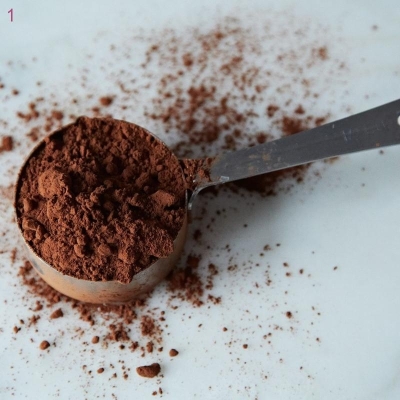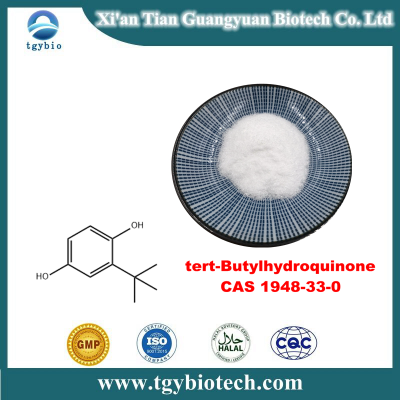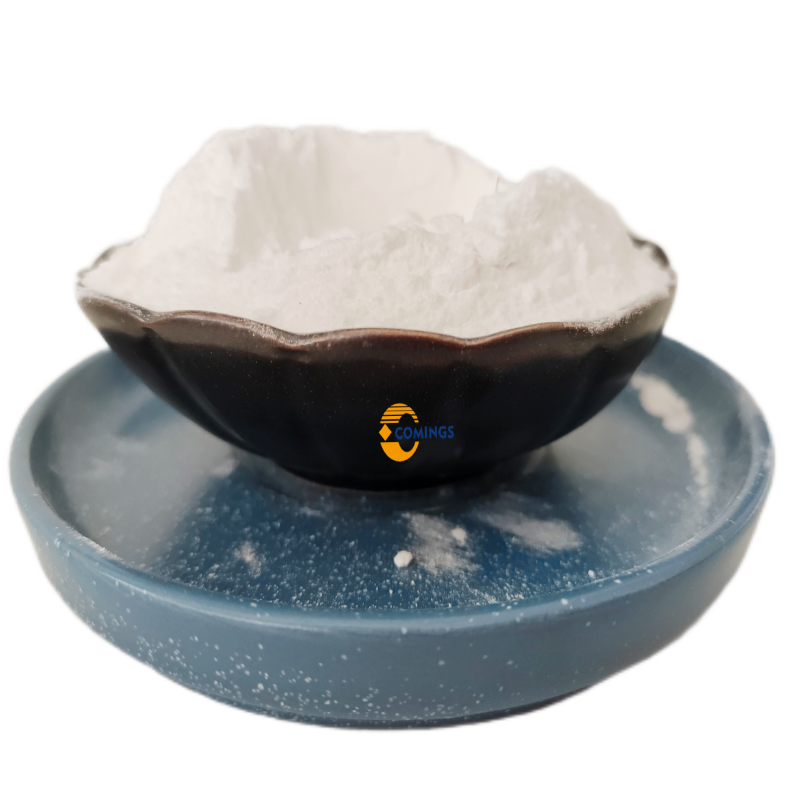-
Categories
-
Pharmaceutical Intermediates
-
Active Pharmaceutical Ingredients
-
Food Additives
- Industrial Coatings
- Agrochemicals
- Dyes and Pigments
- Surfactant
- Flavors and Fragrances
- Chemical Reagents
- Catalyst and Auxiliary
- Natural Products
- Inorganic Chemistry
-
Organic Chemistry
-
Biochemical Engineering
- Analytical Chemistry
-
Cosmetic Ingredient
- Water Treatment Chemical
-
Pharmaceutical Intermediates
Promotion
ECHEMI Mall
Wholesale
Weekly Price
Exhibition
News
-
Trade Service
Are sugar-free foods really sugar-free? Are dairy drinks considered milk? Is "0 sugar, 0 fat and 0 calories" really a good product for weight loss? Is milk tea just milk + tea? In fact, the truth lies in the Nutrition Facts and Ingredient Lists on food labels
The "General Rules for the Labeling of Prepackaged Foods in National Food Safety Standards" requires that prepackaged foods must display food labels on the outer packaging, including the nutritional content table and ingredient list
The nutrient content table is marked with the name, content and percentage of the nutrient reference value (NRV) of the food nutrient content
The percentage of Nutrient Reference Value (NRV) refers to the percentage of the element required by the human body in a day per 100 grams or 100 ml of food
How about the ingredient list? Take a look at the order, in descending order
With the implementation of the "National Nutrition Plan (2017-2030)" policy, the popularization of health knowledge and the implementation of reasonable diet actions, the level of people's health literacy has been steadily improved.
However, "0 sucrose" is not equal to "0 sugar".
In addition, "0-trans fatty acid" does not mean that it does not contain trans-fatty acids.
In fact, what consumers are most afraid of is not eating unhealthy, but eating unhealthy food for a long time without knowing it
(Ding Dandan, Anqing 116 Hospital, Clinical Nutritionist, Nutritionist)
"China Food News" (06 edition on January 20, 2022)
(Editor-in-charge: Gao Jiaodi)







